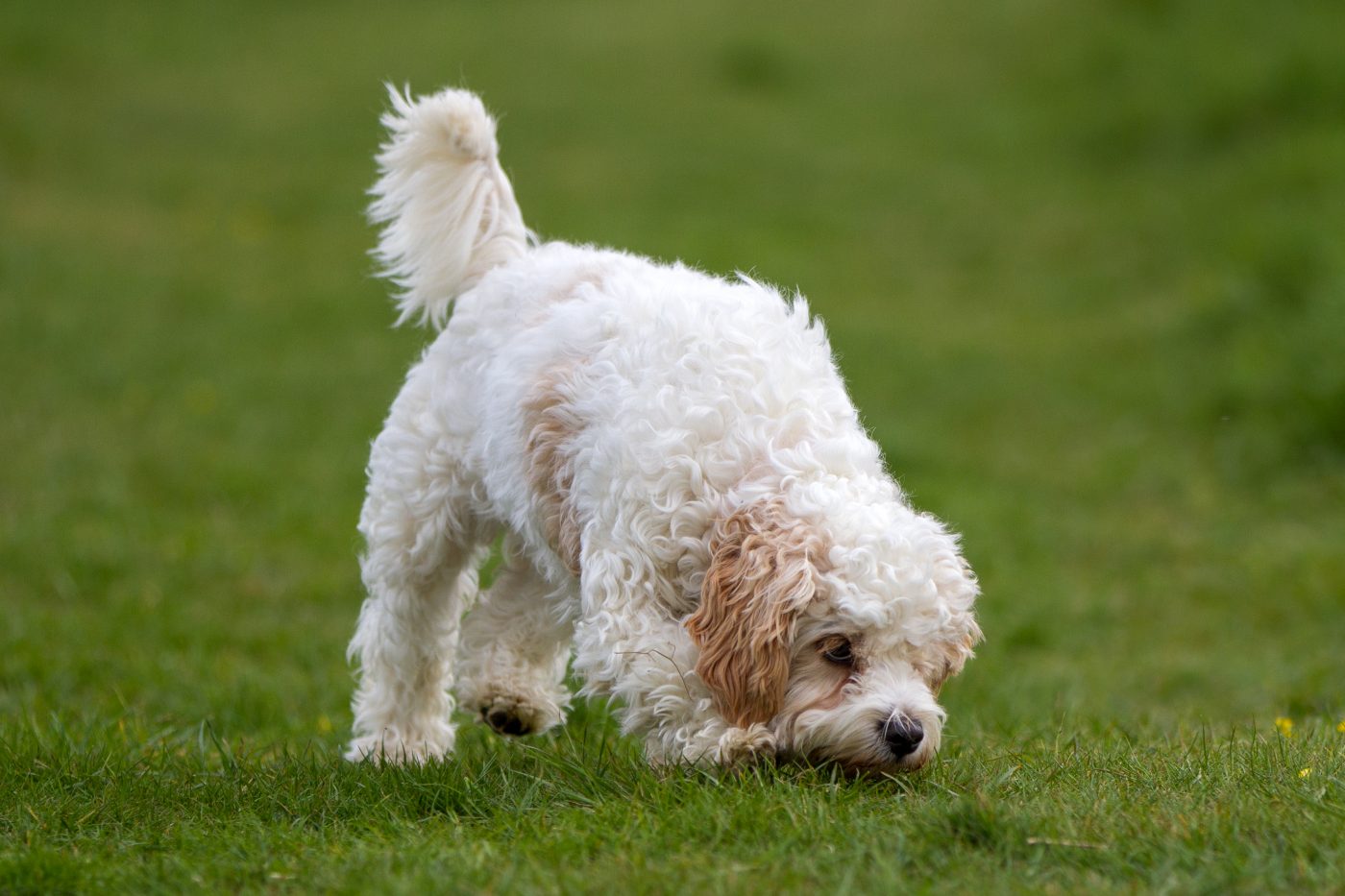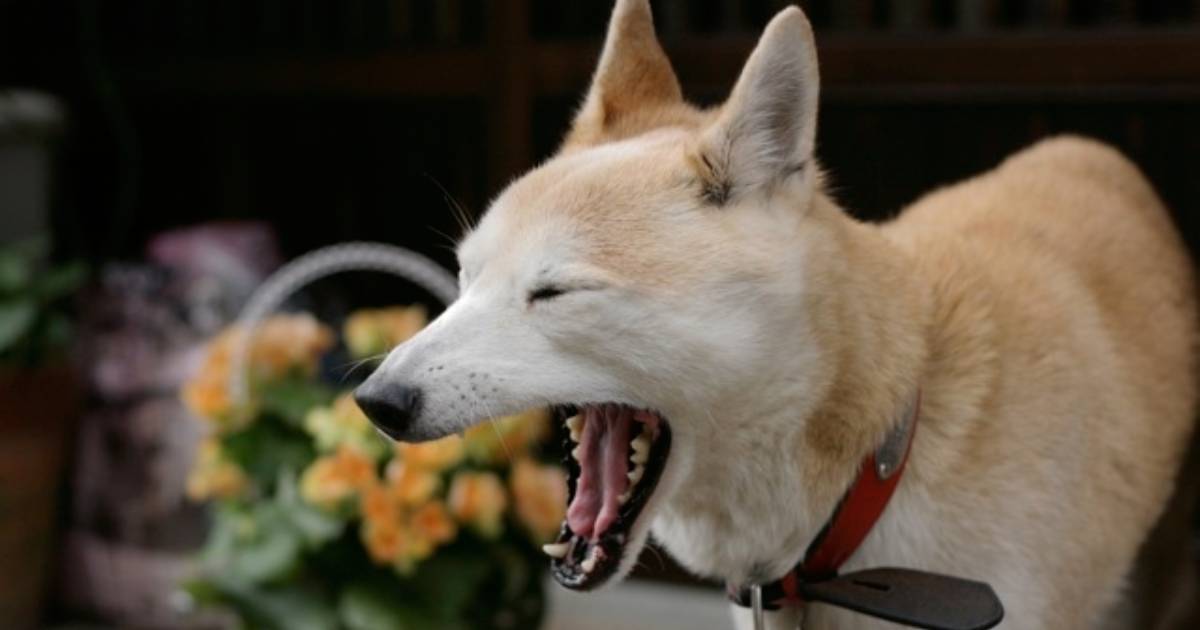

Dogs have their own unique ways of expressing emotions, and even the most dedicated pet owners sometimes misinterpret these signals. Although they can’t talk, dogs communicate through body language and behavior that reveal their feelings. However, not all of their gestures and actions are as straightforward as they seem, often leading us to misunderstand what they’re trying to say. Understanding these subtle cues helps us build a deeper bond with our pets and see the world through their eyes, making every interaction more meaningful.
The “Guilty” Look

Many dog owners believe their dog’s “guilty” expression—those wide eyes, lowered head, and tucked tail—is a sign they feel remorse for misbehavior. However, research suggests that this look is actually a response to their owner’s tone and body language rather than an admission of guilt. When a dog senses you’re upset or angry, they adopt a submissive posture to appease you. So, that “guilty” look may be more about avoiding conflict than genuine regret.
The Tail Wag

A wagging tail is often interpreted as a sign of happiness, but it’s not always a positive emotion. Tail wagging can also indicate agitation, anxiety, or uncertainty. The speed, height, and direction of the wag tell the real story. A slow, low wag can suggest nervousness, while a high, fast-wagging tail can indicate excitement or aggression. Next time your dog wags their tail, observe the details to better understand what they’re trying to communicate.
The Full-Body Wiggle

When dogs wiggle their entire bodies, it’s often seen as excitement. While this can be true, a full-body wiggle can also signal submissiveness, especially when meeting a new dog or person. It’s a way for your dog to show that they mean no harm. This behavior often includes a lowered body and rolling onto their back, making it a mix of excitement and respect rather than pure joy.
Barking While Growling

Dogs that bark and growl simultaneously can be misinterpreted as aggressive. However, barking with a “growly” undertone can actually be a playful invitation, especially during roughhousing. Dogs use this noise to express enthusiasm and excitement. It’s often seen in breeds with a natural vocal inclination, such as Huskies and Boxers. Understanding the context and body language, such as relaxed posture and wagging tail, can help distinguish between a playful growl and a warning one.
Zoomies

When dogs suddenly sprint around the house or yard in a frenzy, many people see it as hyperactivity or nervous energy. Known as “zoomies,” this behavior often indicates a release of pent-up energy and excitement. Dogs may get the zoomies after a bath, during playtime, or when feeling especially joyful. While it may seem chaotic, zoomies indicate that your dog feels safe, comfortable, and energetic.
The Paw Lift

When a dog lifts one of its front paws, it’s often assumed they’re getting ready to move or pounce. However, paw lifting is frequently a signal of curiosity or uncertainty. Dogs may lift a paw when trying to understand a new situation or are unsure how to respond. It’s a subtle way of saying, “I’m thinking about this,” rather than showing aggression or fear.
Sniffing the Ground

If your dog suddenly starts sniffing the ground during a walk or even in the middle of a game, you might think they’ve found an interesting scent. However, dogs sometimes sniff the ground as a calming signal to diffuse tension. This behavior is common in social situations where they feel slightly anxious or unsure. By sniffing, they’re attempting to appear non-threatening to other dogs or people.
Rolling Over

Most people interpret a dog rolling over as a request for belly rubs. While dogs do enjoy a good belly scratch, rolling over can also be a submissive gesture. In dog language, exposing their belly shows trust and deference, especially when interacting with other dogs or people they’re unsure of. It’s their way of saying, “I trust you, and I don’t pose a threat.” Knowing when a belly rub is welcome versus when it’s a display of submission can help strengthen your bond.
Yawning

When humans see a dog yawning, they often think it means the dog is tired or bored. However, yawning in dogs can be a sign of stress or nervousness. Dogs yawn in situations where they feel uncomfortable as a way to calm themselves. You might notice a dog yawning at the vet’s office, during a thunderstorm, or around unfamiliar dogs. Recognizing this as a calming signal helps gauge when your dog might need reassurance.
Leaning Against You

Dogs that lean against their owners are often seen as seeking attention or cuddles. While this is partially true, leaning can also signify insecurity or a need for reassurance. Dogs lean against their owners when they want to feel close and safe, especially in stressful environments. While it’s a form of affection, it’s also their way of grounding themselves by leaning into someone they trust.
Head Tilting

When a dog tilts their head, it’s one of the cutest things ever, often interpreted as curiosity or confusion. While curiosity does play a role, head tilting can also be a sign of attentiveness. Dogs may tilt their heads to focus on sounds more clearly or to get a better view of your facial expressions. This behavior is not only about trying to understand but also about strengthening their bond with you.
The Sweet Truth About Canine Emotions

Understanding the real reasons behind these common dog behaviors lets you see your pup’s actions in a new light. Dogs have a language all their own, and by learning to interpret their true emotions, you’ll strengthen your connection and steer clear of those common misinterpretations. So next time you see that adorable head tilt, “guilty” look, or full-body wiggle, remember—they’re communicating in their own special way, sharing a unique language of love, trust, and loyalty that you now better understand!
The post 11 Common Dog Emotions You’re Probably Misreading appeared first on iHeartDogs.com.
